-
Posts
16,553 -
Joined
-
Last visited
-
Days Won
29
Content Type
Profiles
Forums
Gallery
Posts posted by yikai
-
-
13 second LQ clip of my tank filmed using phone.
-
Depends on your pod population and whether if it can support two synchiropus. It will help if they are eating prepared foods. I have a pair of ruby reds with a pair of tudorjonesi dragonet and all are doing well
-
 1
1
-
-
ruby red captive requirements are similar to scooter blennies.
the genus Synchiropus are divided between the scooters and the mandarins.
scooters are generally easier to feed and will learn to eat mysis and other frozen foods much easier than mandarins.
i have a spawning pair of ruby red that eat pellets and mysis. however i don't intentionally feed them. they survive only on pods in my tank and are very fat. they only get to eat pellets and mysis when it floats infront or near them, which is very seldom.
expert level fish. do not attempt unless you have an ample supply of live foods in terms of pods and microfauna.
-
-
Haven't seen it appearing in Caribbean Shipments for awhile now..
because it was never ordered. it is easily obtainable, especially from dynasty.
it's a nice species, and something i will keep.
-
name of this Blenny..?

Emblemaria pandionis.
common from caribbean shipments, but gorgeous nonetheless.
-
-
-
Is the Bodianus paraleucosticticus reef safe?
with caution. may not be safe with small shrimps.
-
-
-
-
I like the color.
Cost a bomb or not?
-
-
pictus, oculus, and now.
tigris!
-
 1
1
-
-
thanks for the insight..i know the general way to keep them....my question was based on what would happen when the species so rare that just a male suddenly turns up in the market...
it seems it would depend on the specimen's characteristic.....
sadly, that's often the case now as with digiman's claire.
just pray it remains male. and remove as many unecessary cirrhilabrus, making sure its the only one around.
-
here is an example of Kevin Kohen's P. piscilineatus.
this fish started out as a 3cm female and was kept without any other females of its kind. in about a year, it developed into this striking male.
it now lives with single specimens of C. roseafascia, C. exquisitus and P. octotaenia. All specimens are lone males and all attaining terminal coloration. i'm not sure regarding the flashers, but both C. roseafascia and C. exquisitus are quite aggressive as far as cirrhilabrus go, and can hold up very well without females. this will probably not happen with C. marjorie or C. lunatus for example, and they will shy away and lose coloration if kept with the same fish above.
-
it is possible, but sometimes the females of the other species will sort out the dominance heirachy between themselves and one will emerge a male from the females. at the end of the day, you will end up with male of fairy species a), and a male of fairy speciesLemon,
do male fairy holds it's color even in the presence of females of other fairy species..?
 along with remaining females of the latter. unless of course the male of a) is so aggressive that under such intense pressure,
along with remaining females of the latter. unless of course the male of a) is so aggressive that under such intense pressure,  females will never get a chance to morph.
females will never get a chance to morph.male fairy wrasses can hold their color for many reasons. here are some possible scenarios.
1) by constantly displaying to other males of another species, the dominant male will display beautiful coloration. some cases the less dominant male of another species will get less colorful as it is being dominated, or sometimes the other species will exhibit heightened color as well as two species constantly pit themselves against each other.
2) by keeping the male with multiple females of the same species. this is the best way IME, and the males will regularly spawn with gravid females.
3) some species can hold colour very well even if kept alone with no other species or females, while others can never hold coloration even with females. one example of the latter is C. scottorum, while the former applies to C. jordani or C. earlei.
at the end of the day, it really boils down to the individual fish's temperament, the specific species, and its tank mates. some species will never hold coloration unless kept in a peaceful tank and it is the only species allowed to dominate, and kept with females. shy species such as C. marjorie for example. other more boisterous species can be kept with multiple other fairy wrasses of different similar genders without females and will thrive under competition, such as C. laboutei.
the best way to keep Cirrhilabrus and paracheilinus is to choose 1 or 2 species you really like, get a male and 1-2 females. this is the best way to enjoy the genus. mixing too many species together will result in messy and heightened aggression between species and will often result in one or more losing coloration or hiding.
-
 1
1
-
-
-
Yes alone. No females available. I've just put him in. Do you think the colour could return?
difficult.
balteatus is one species where holding colors is not too easy. best to keep with females. if its the most aggressive fairy wrasse in your tank and the most dominant, it may develop better coloration though.
so not impossible to gain back its colors.
-
Envy much!
Missed the last blue squamosa shipment
oh i didnt even know there was a shipment.
i got this from someone. leftover piece.
-
Not sure if this is rare. Recently acquired C. Balteatus.
 image.jpg
image.jpgC. balteatus is not rare, but is not common either. from Marshall islands.
are you keeping this male alone? it has lost its orange patch on the body.
-
-



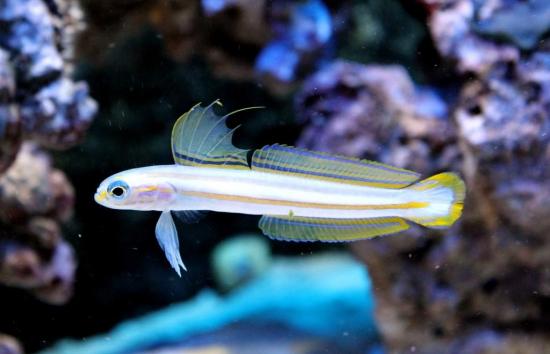
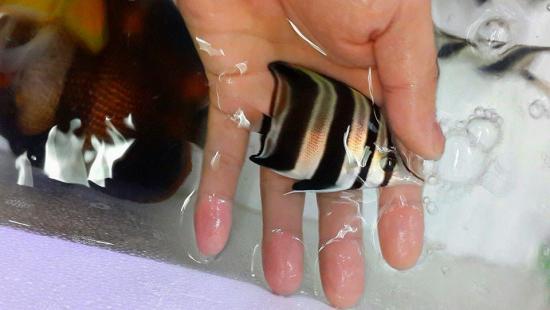
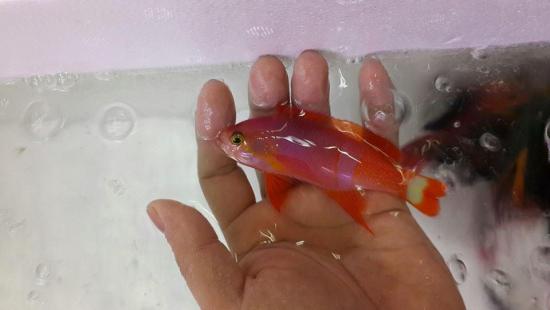
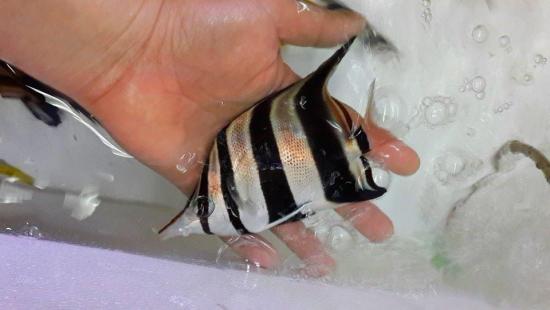
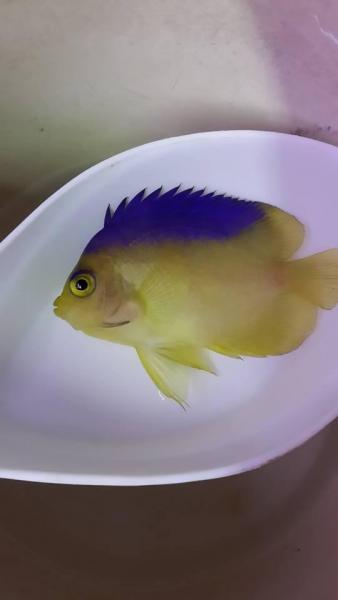
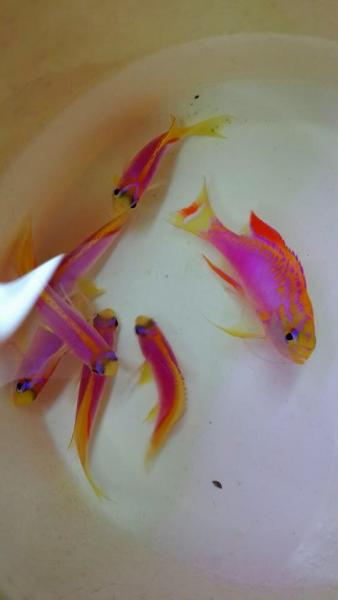
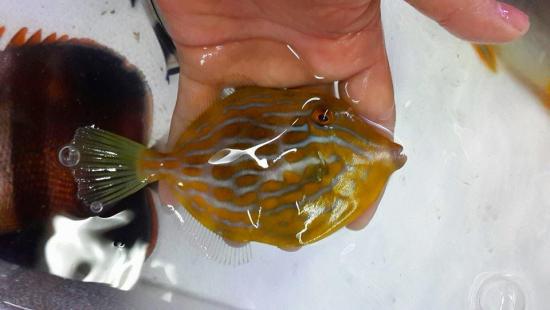
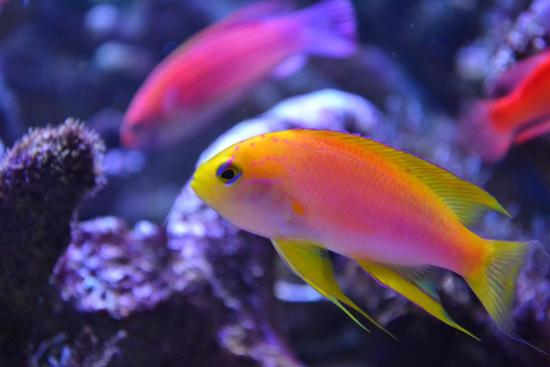
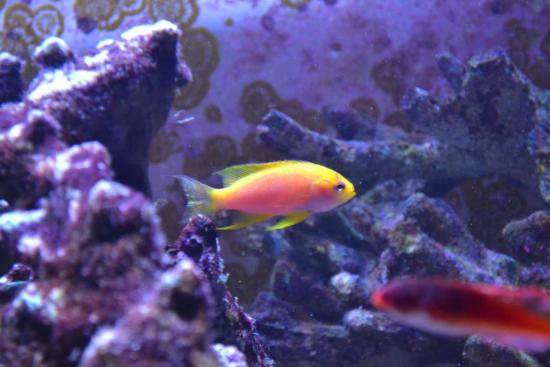
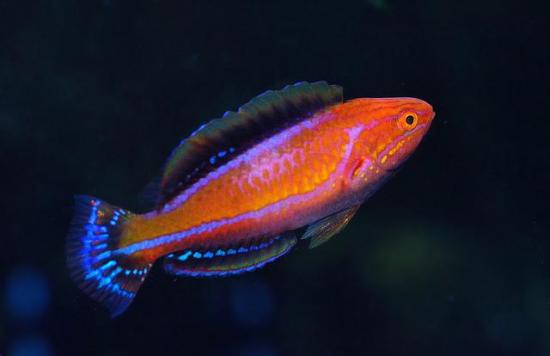
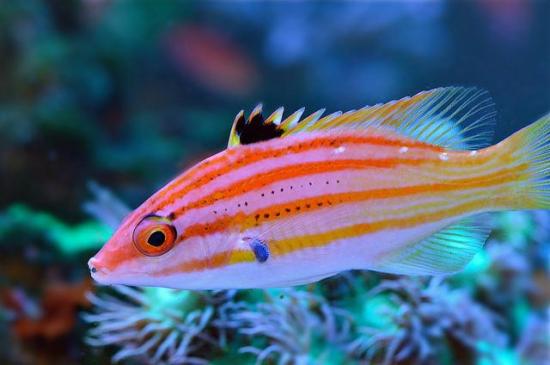
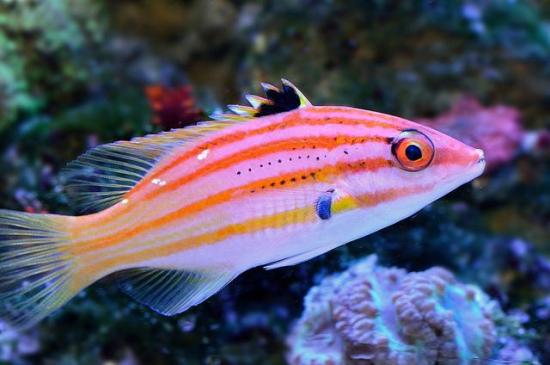
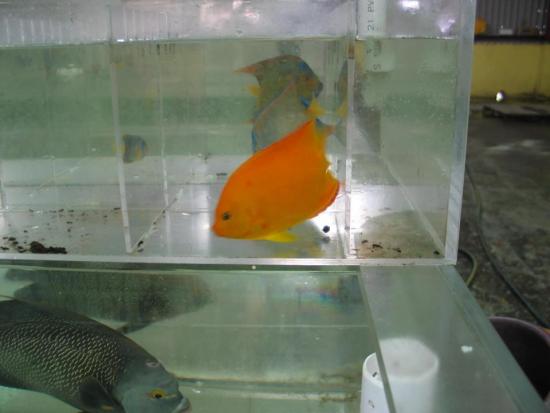
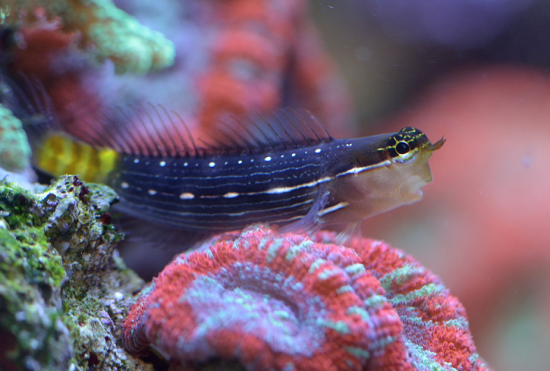
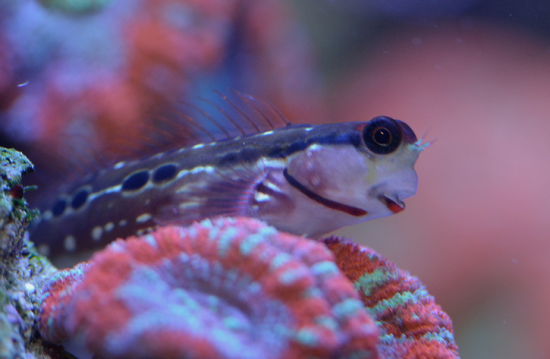
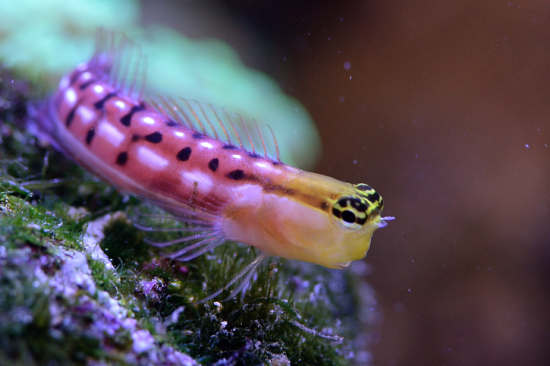

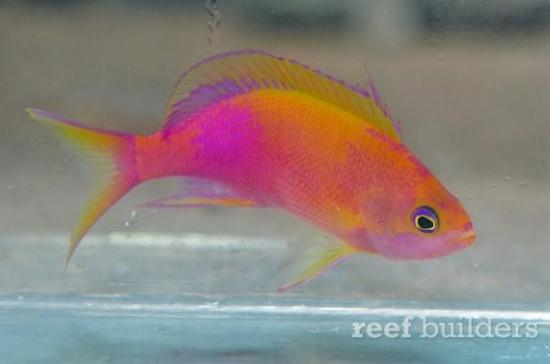
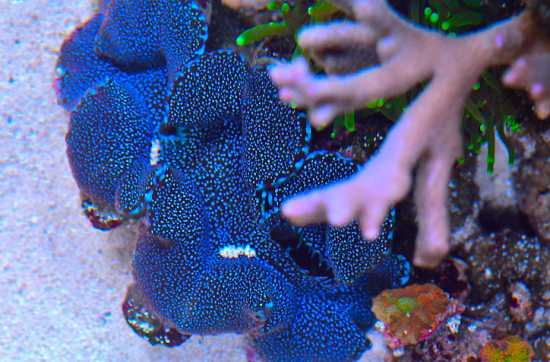
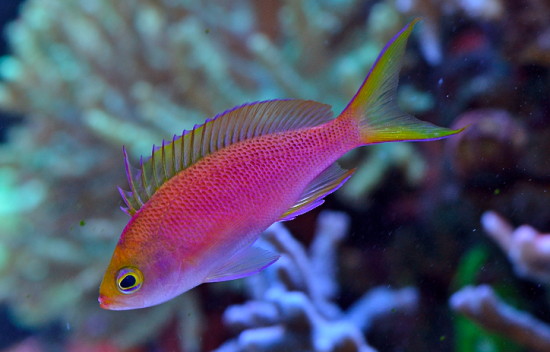
Lemon's 2013 new build
in Members Tank & Specs
Posted
another very LQ video of my Bodianus during feeding.